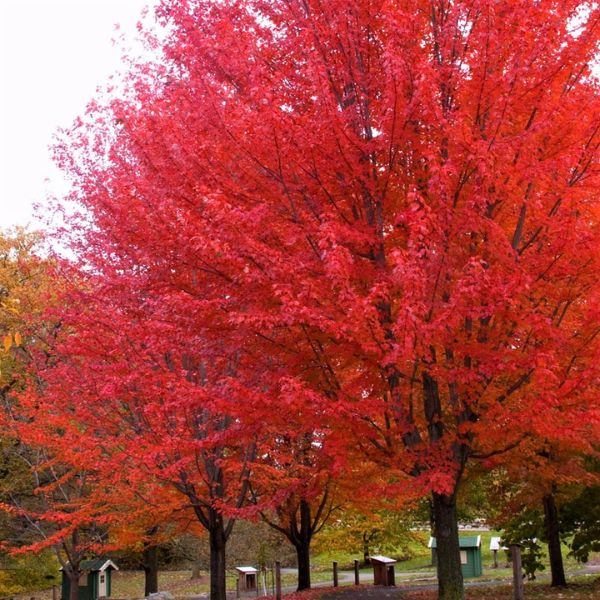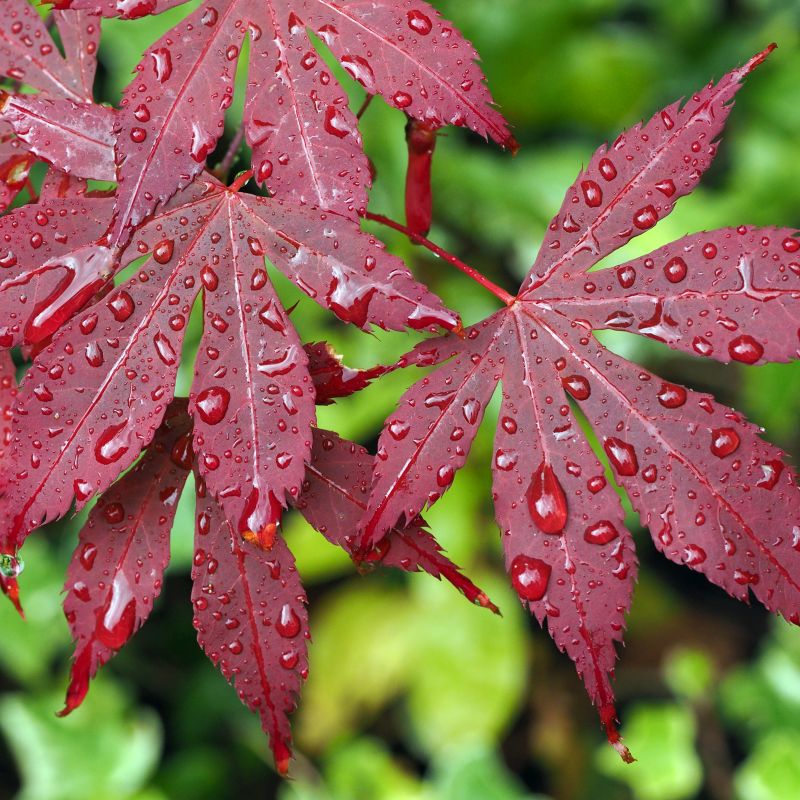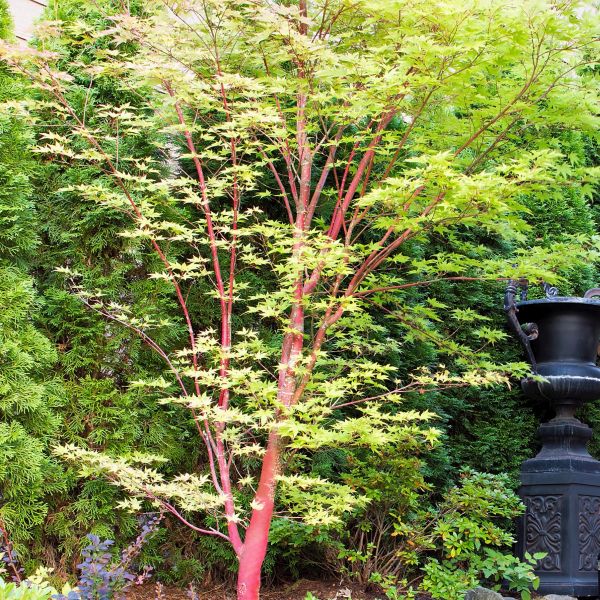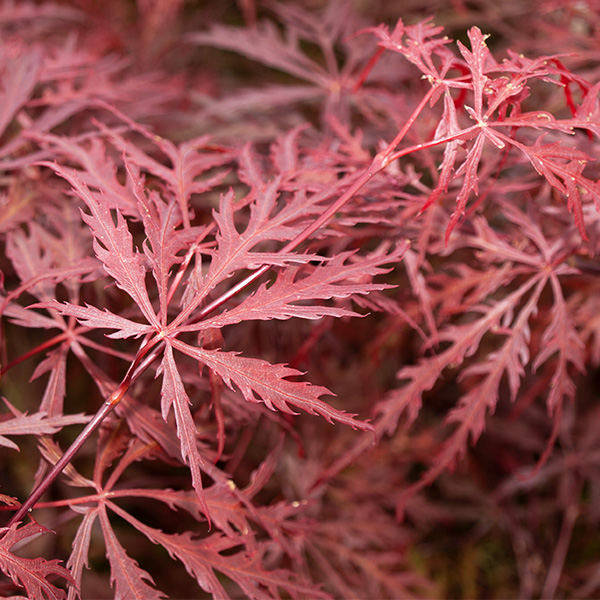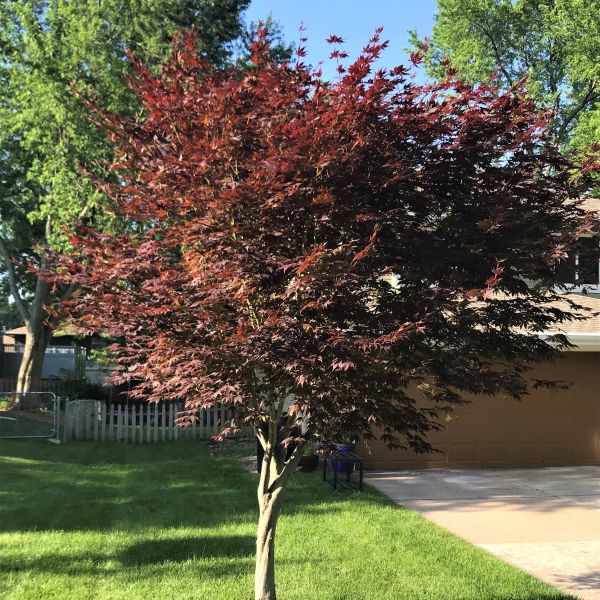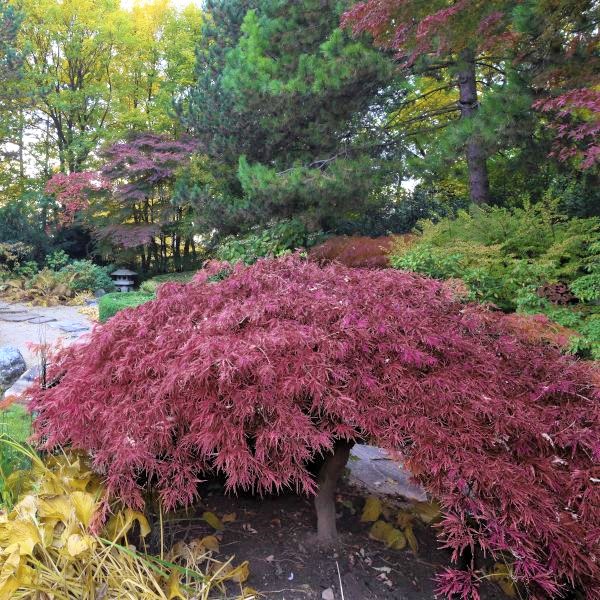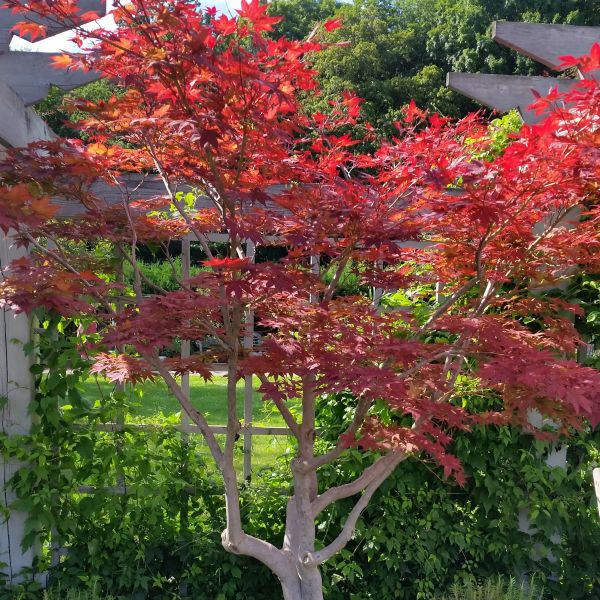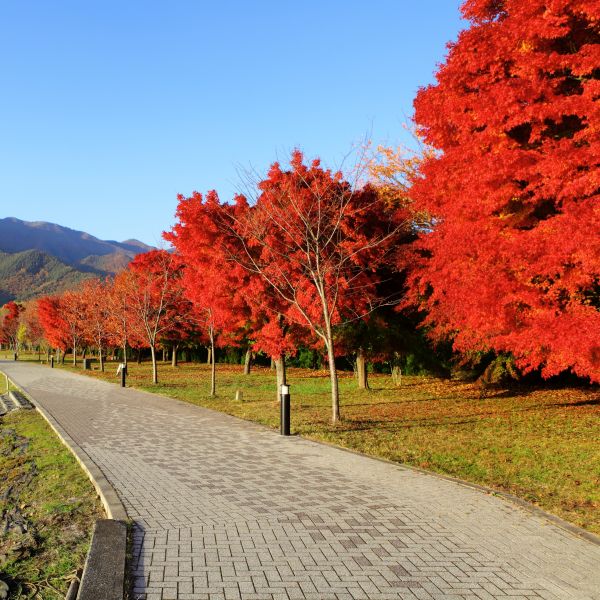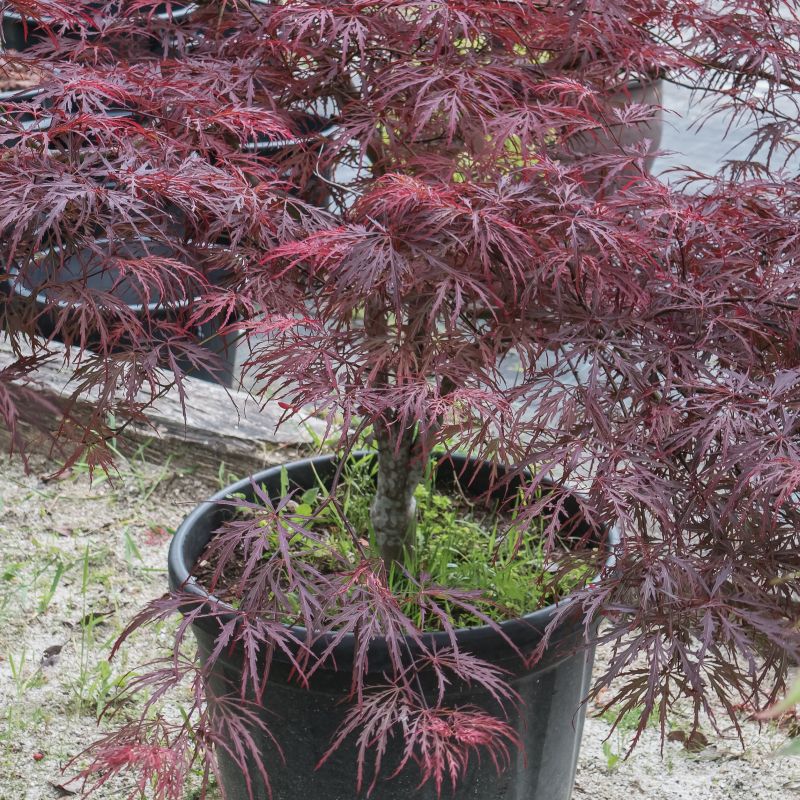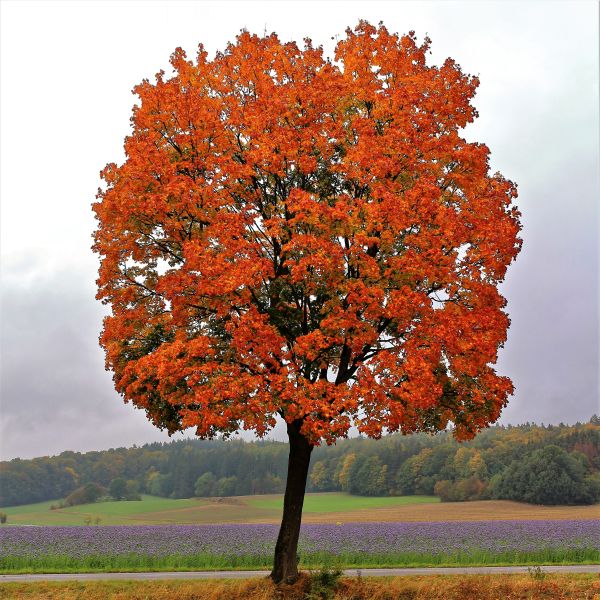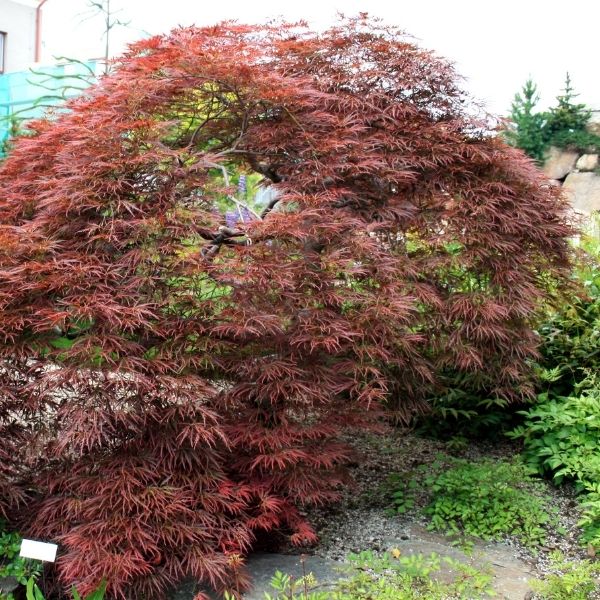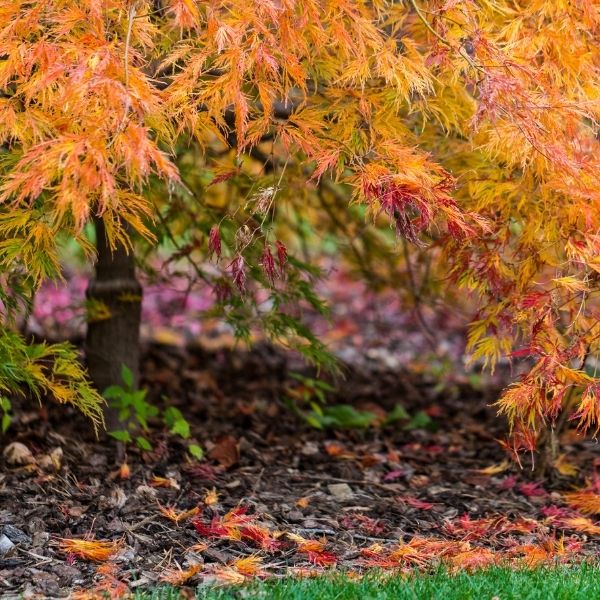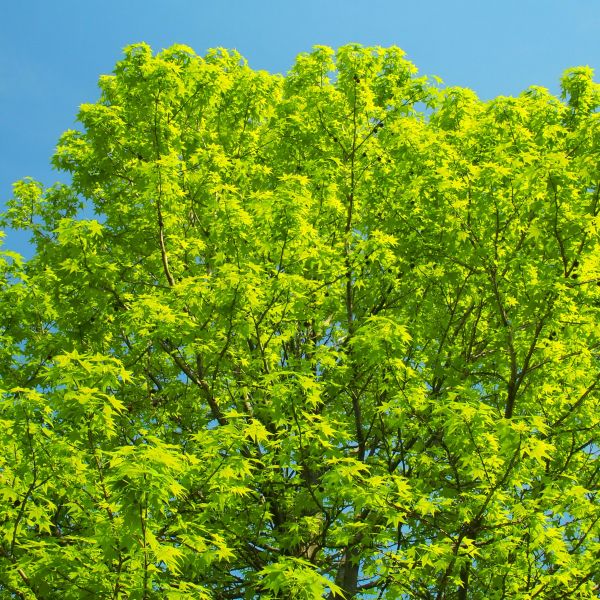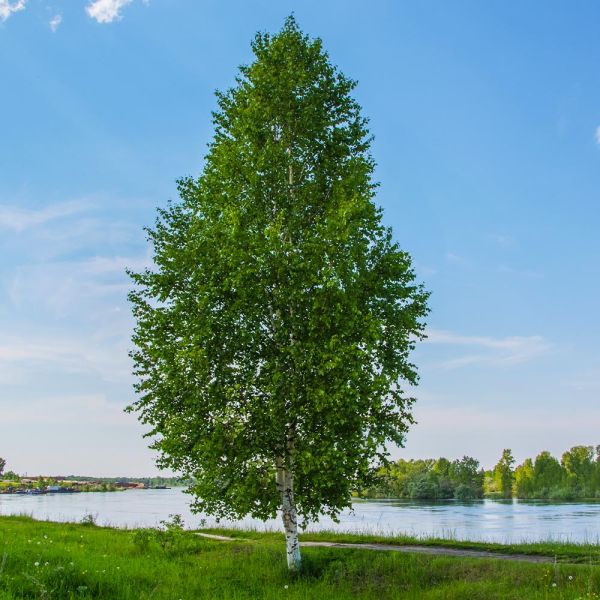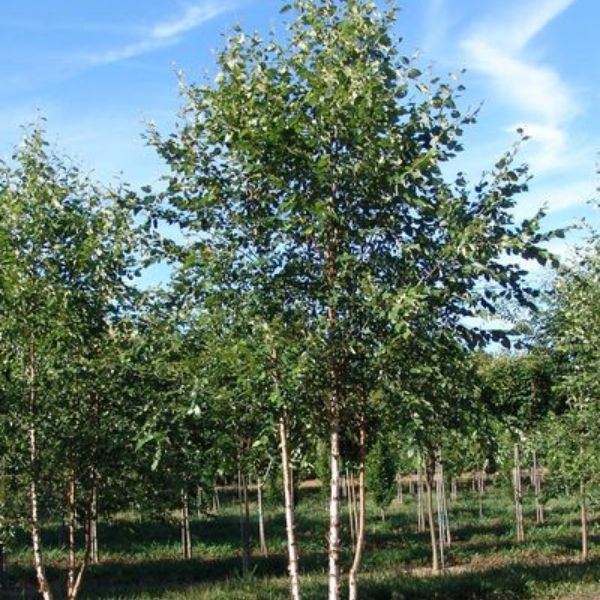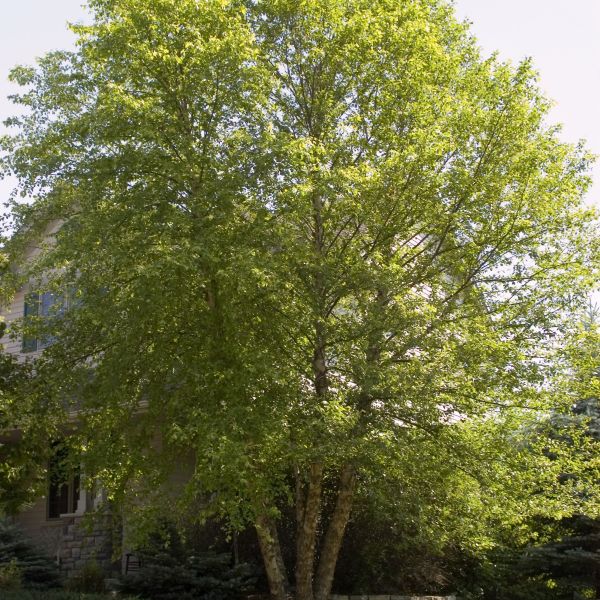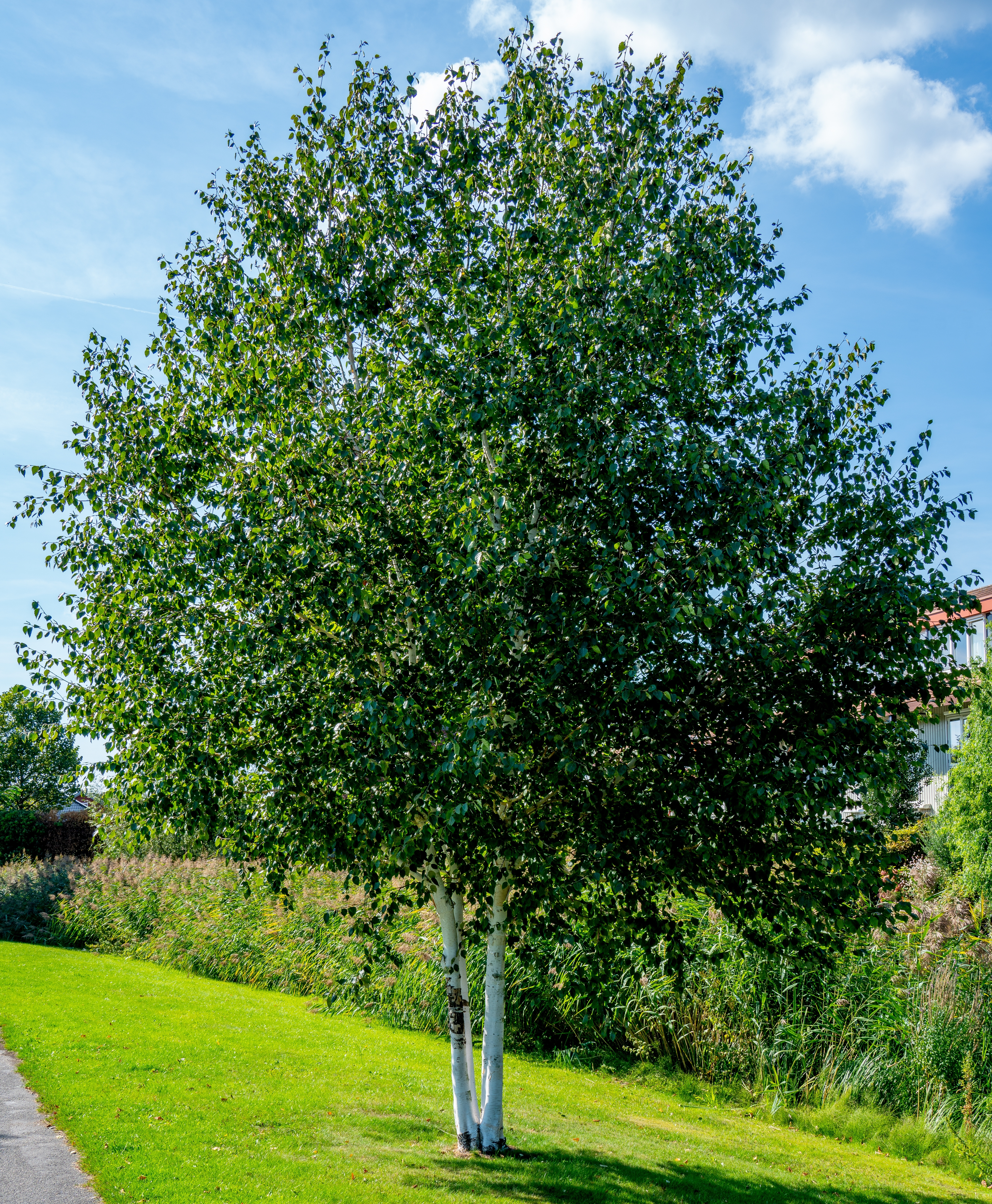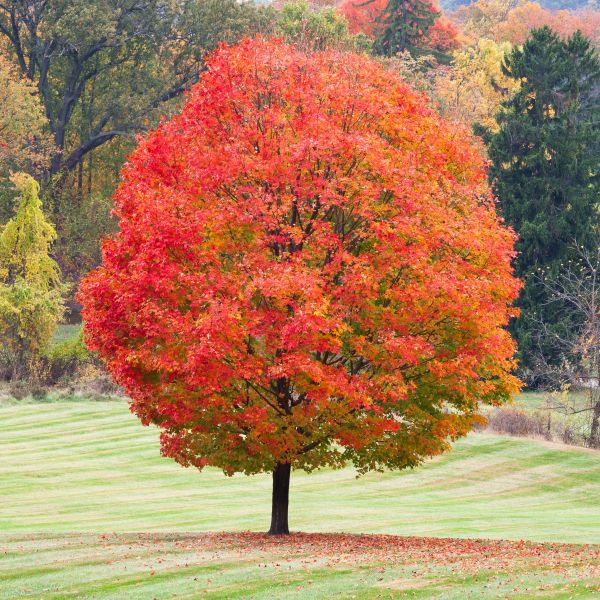

Sugar Maple
Acer saccharum
19 reviews
Sugar Maple
Acer saccharum
19 reviews
2.5 Gallon
We are sorry, product is currently out of stock due to seasonal availability. Please check the "Related plants available in your area" section below
Not just beautiful - intentionally selected by ShrubHub's 3D landscape design team to fit real-world spaces and maximize yard potential.
Why Sugar Maple?
Sugar maple (Acer saccharum) is a deciduous tree found in eastern North America that is famous for its production of maple syrup. It can grow up to 130 feet tall and has distinctive leaves with five lobes. In the fall, its leaves turn stunning shades of red, orange, and yellow. Sugar maple wood is also highly valued for furniture, flooring, and musical instruments. The tree is an important source of food and habitat for wildlife.
Related plants available in your area
Sunlight
Sugar Maple trees require full sunlight or partial shade, although they prefer full sun. They can tolerate some shade, but they will thrive and produce their best fall colors in sunny locations with at least 6 hours of direct sunlight per day.
Watering
The watering requirement for Sugar Maple trees is typically moderate. They require regular watering, especially during dry periods, to ensure that the soil around the tree remains consistently moist but not waterlogged.
Fertilizing
Sugar Maple trees generally do not require fertilizers, as they can obtain necessary nutrients from the soil naturally. However, if the soil is nutrient-poor, a slow-release nitrogen-based fertilizer can be used sparingly in the spring or fall.
Sugar Maple Trees: The Best Trees For Maple Syrup Production
Looking for a tree that can provide beauty, shade, and value to your property? Look no further than the Sugar Maple tree, a stunning deciduous tree that is sure to impress.
At first glance, the Sugar Maple is a sight to behold. The sugar maple leaf is large and deeply lobed, with beautiful shades of green that turn to brilliant oranges, yellows, and reds in the fall. But the Sugar Maple is more than just a pretty face – it also provides many benefits that make it a valuable addition to any landscape.
One of the key benefits of the Sugar Maple is its shade. This tree has a broad, spreading canopy that can provide much-needed relief from the hot summer sun. Plant it in your backyard and enjoy a cool, shady retreat where you can relax and unwind.
But the Sugar Maple is more than just a shade tree. It is also a valuable source of maple syrup, a delicious and healthy sweetener that can be used in a variety of recipes. Simply tap the tree in the early spring and collect the sap, then boil it down to create your own homemade maple syrup.
In addition to its shade and syrup production, the Sugar Maple also provides important environmental benefits. Its leaves absorb carbon dioxide and other pollutants from the air, improving air quality and reducing the effects of climate change. And its roots help to prevent soil erosion and promote healthy soil.
But perhaps the greatest benefit of the Sugar Maple is its ability to add value to your property. This tree is a long-lived species that can provide beauty and shade for generations to come. Plant one in your front yard and enjoy increased curb appeal and property value.
In short, the Sugar Maple is a tree that truly has it all – beauty, shade, syrup production, environmental benefits, and property value.
Don't miss out on the opportunity to own these
Plant Information:
| Botanical Name: | Acer saccharum |
| USDA Zones: | 3 - 8 |
| Water: | Moderate |
| Exposure: | Full Sun |
| Soil Needs: | Well-Drained |
| Mature Height: | 50 - 70 feet |
| Mature Spread: | 30 - 45 feet |


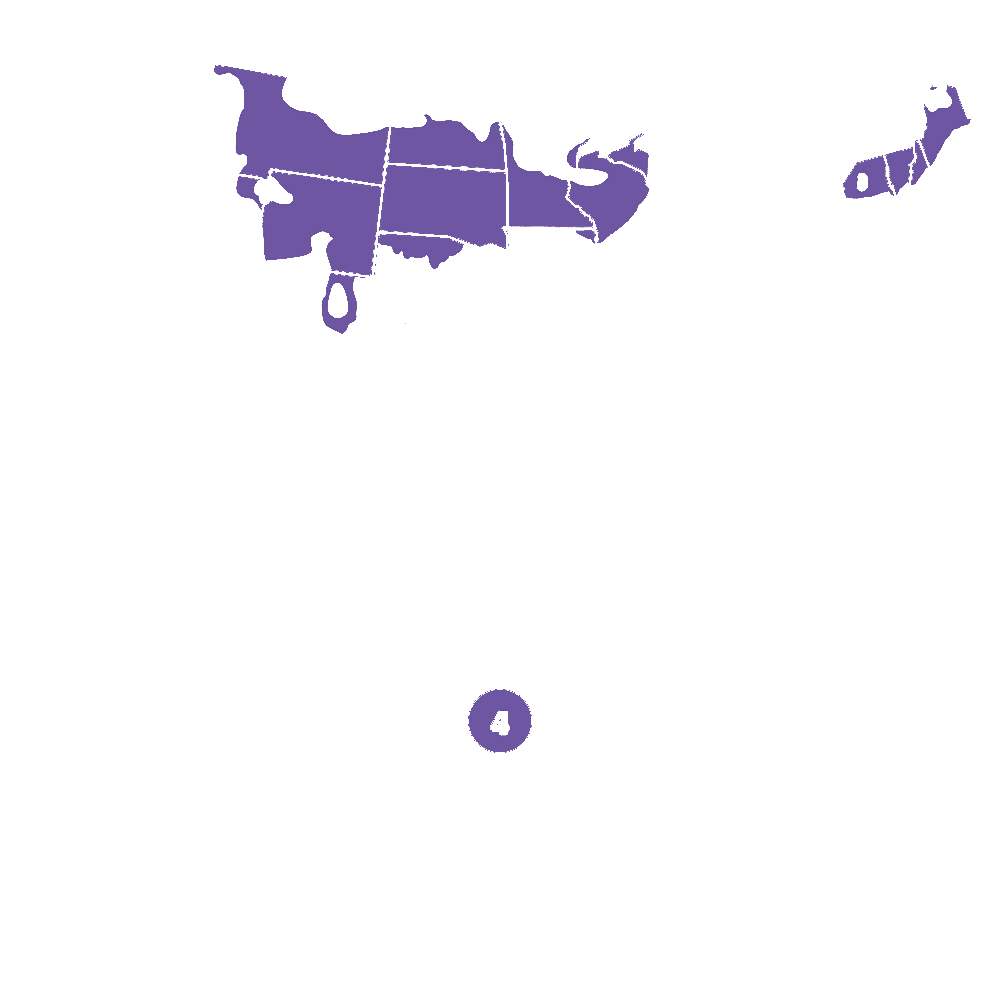
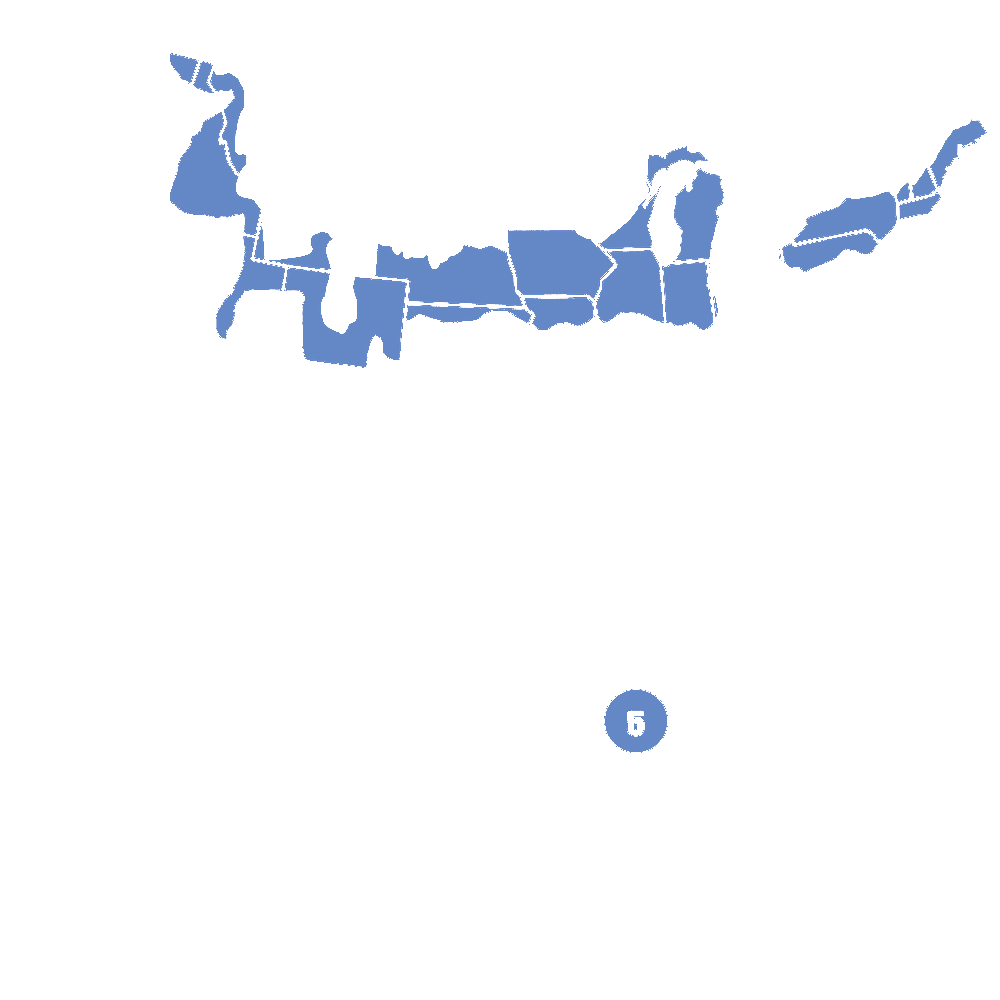
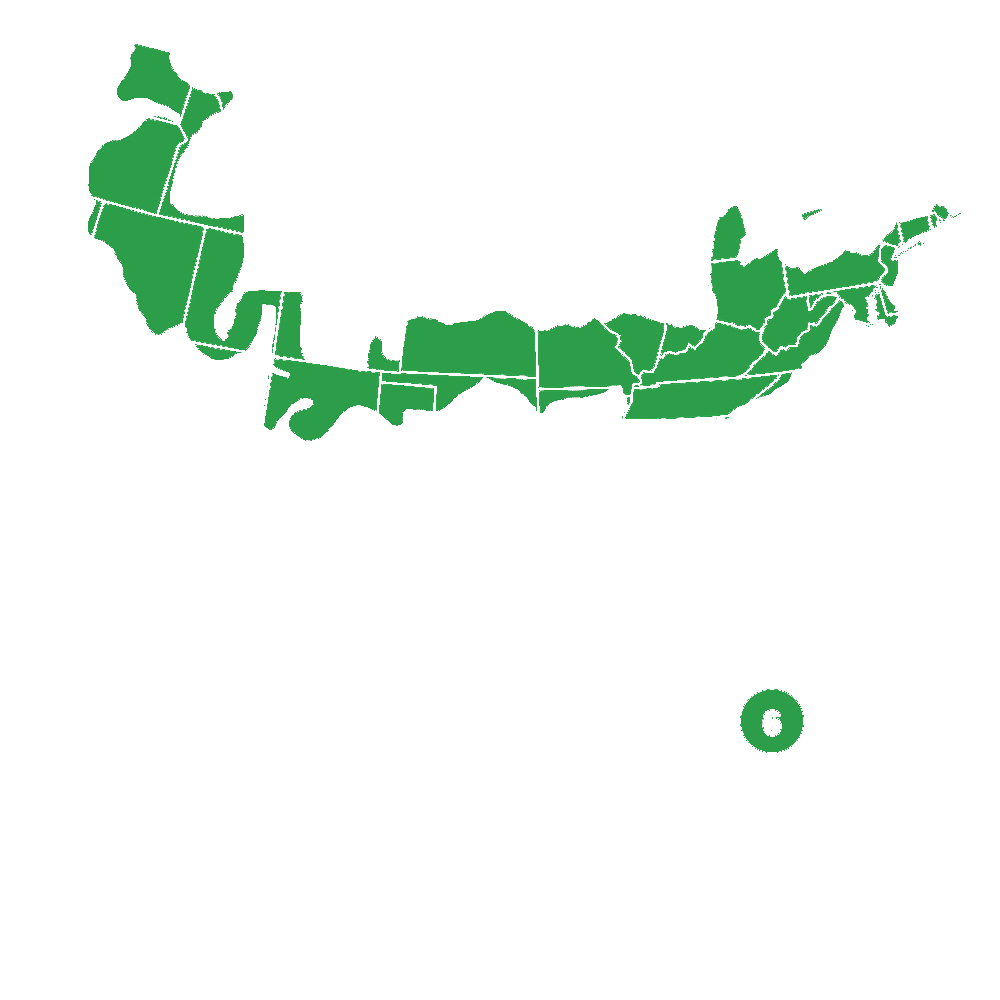

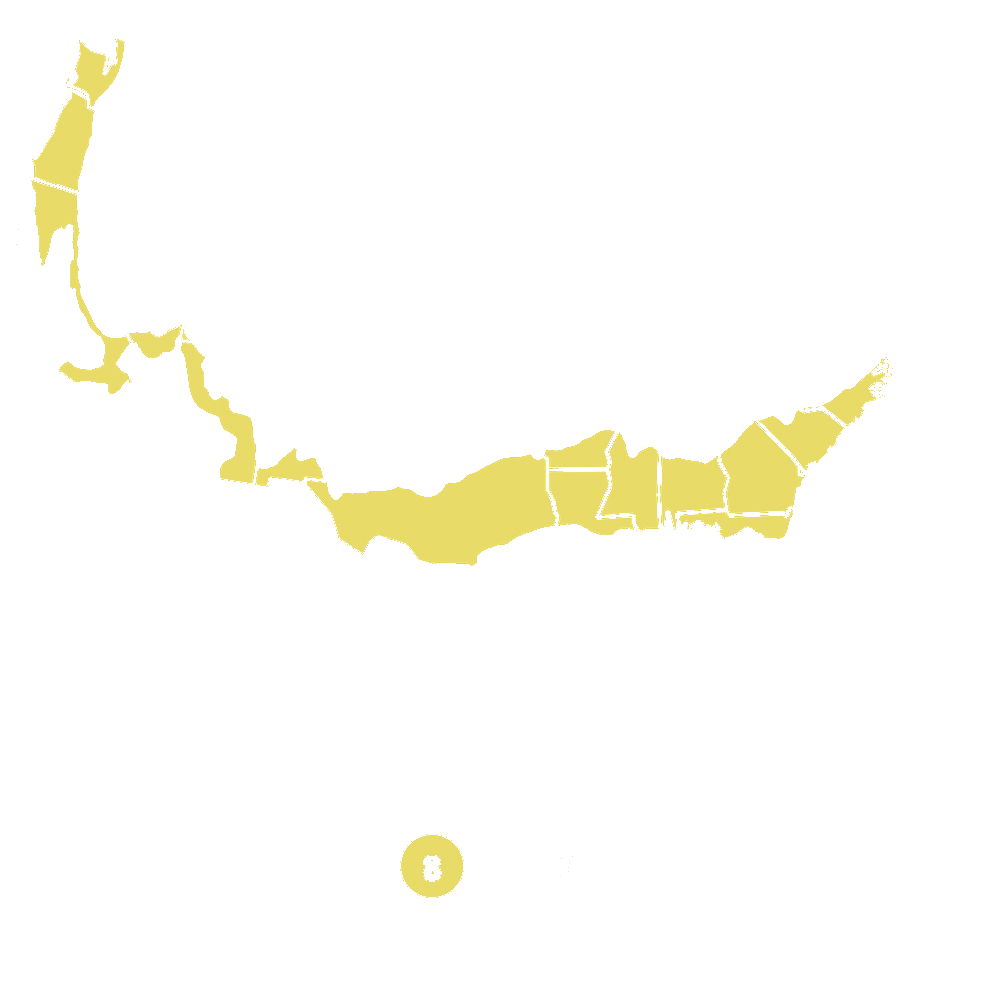
Pollination Info
Sugar Maple Pollination Info
The Sugar Maple (Acer saccharum) is a deciduous tree that is native to North America. It is a highly valued tree for its hardwood, which is used for furniture and flooring, as well as its sweet sap, which is used to make maple syrup.
The Sugar Maple is also an important tree for wildlife, as it provides food and habitat for many species. It produces small, yellow-green flowers in the spring, which are wind-pollinated.
Male and female flowers are produced separately on the same tree. The male flowers are in clusters and produce the pollen, while the female flowers are single and produce the seeds.
The Sugar Maple is pollinated by the wind, which carries the pollen from the male flowers to the female flowers. The flowers are not showy, and the pollen is not visible to the naked eye. Once pollinated, the female flowers develop into the familiar winged seeds, or samaras, that are characteristic of maples.
It is important to note that the Sugar Maple is a slow-growing tree, and it can take 30-50 years for a tree to produce significant quantities of syrup. The health and productivity of Sugar Maple trees are also affected by environmental factors, such as temperature, rainfall, and soil conditions.
FAQ
Sugar Maple (Acer saccharum) FAQ
Q: What is a Sugar Maple?
A: Sugar Maple (Acer saccharum) is a deciduous tree native to North America that is often grown for its sap, which is used to produce maple syrup. It is also valued for its hard, dense wood, which is used for flooring, furniture, and other products.
Q: How tall does a Sugar Maple tree grow?
A: Sugar Maple trees can reach heights of up to 100 feet, with a trunk diameter of up to 3 feet.
Q: What are the ideal growing conditions for Sugar Maple trees?
A: Sugar Maple trees prefer well-drained, moist soil that is slightly acidic. They thrive in areas with cool to moderate temperatures and full sun exposure, but can tolerate some shade.
Q: How do you plant a Sugar Maple tree?
A: Sugar Maple trees can be planted in the fall or spring. Dig a hole that is twice the width and depth of the tree's root ball. Place the tree in the hole and backfill with soil. Water thoroughly and mulch around the base of the tree.
Q: How often do you water Sugar Maple trees?
A: Sugar Maple trees should be watered deeply once a week during dry periods. They prefer moist but not waterlogged soil.
Q: How do you prune Sugar Maple trees?
A: Sugar Maple trees should be pruned in the late winter or early spring while they are still dormant. Remove any damaged or diseased wood, as well as any branches that cross or rub against each other. Avoid heavy pruning, as Sugar Maples can be sensitive to wounds.
Q: What pests and diseases are common in Sugar Maple trees?
A: Sugar Maple trees can be susceptible to a number of pests and diseases, including gypsy moth, maple borer, anthracnose, and verticillium wilt. Regular inspection and treatment by a professional arborist can help prevent and manage these issues.
Q: How do you fertilize Sugar Maple trees?
A: Sugar Maple trees do not typically require fertilizer, but can benefit from a slow-release, organic fertilizer applied in the spring. Be careful not to over-fertilize, as this can lead to excessive growth and weak wood.
Q: When do Sugar Maple trees produce sap for maple syrup?
A: Sugar Maple trees typically produce sap for maple syrup in late winter or early spring, when daytime temperatures are above freezing but nighttime temperatures are below freezing. The sap is harvested by tapping the tree and collecting the sap in buckets.
Planting & Care
Planting and Care for Sugar Maple (Acer saccharum)
Planting Instructions:
- Choose a site with well-draining soil and full to partial sun exposure.
- Before planting, remove any weeds or grass from the site and loosen the soil to a depth of at least 12 inches.
- Dig a hole twice the width of the root ball and as deep as the root ball.
- Place the tree in the hole and backfill with soil, tamping down gently.
- Water well and add 2-3 inches of mulch around the base of the tree, keeping it several inches away from the trunk to prevent rot.
- Keep the soil moist but not waterlogged for the first year of growth.
Care Instructions:
- Water the tree deeply but infrequently during dry spells. About 1 inch of water per week is recommended.
- Fertilize in early spring with a general-purpose fertilizer or a fertilizer specifically formulated for trees.
- Prune only to remove damaged or diseased branches. Avoid heavy pruning as it can stunt the tree's growth.
- Protect the tree from lawn mowers, weed whackers, and other mechanical damage to the trunk and roots.
- Monitor the tree for signs of pests or diseases, such as leaf spot, verticillium wilt, or girdling roots.
- Be patient. Sugar maples grow slowly and may take several years to become established.
Check Out These Verified Customer Reviews:
Customer Reviews
4.7 out of 5 based on 19 reviews
Thank you! Your review has been submitted.
The Sugar Maple I received was gorgeous, exactly as pictured on the website! The quality is top-notch and I couldn't be happier with my purchase.
Smooth transaction, pleased with the overall experience.
Beautifully crafted sugar maple items, great condition and quality.
Item has been added to your cart.



